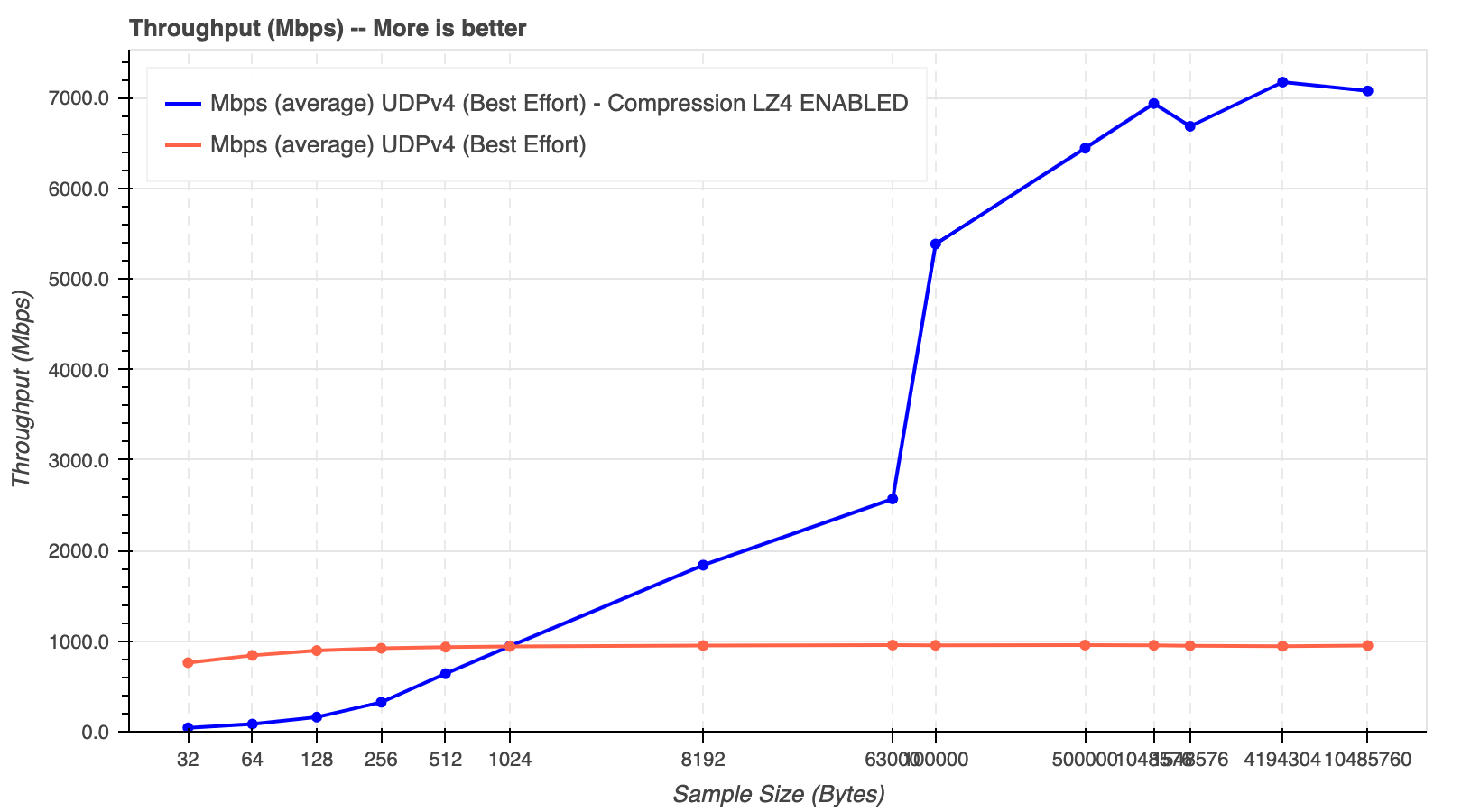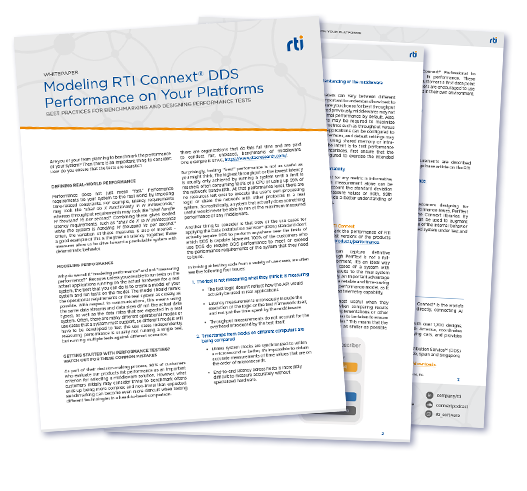High Throughput
Approaching the theoretical bandwidth of Gigabit Ethernet, using modest CPUs
RTI is the world’s largest DDS supplier and Connext is the most trusted software framework for critical systems.
|
From downloads to Hello World, we've got you covered. Find all of the tutorials, documentation, peer conversations and inspiration you need to get started using Connext today.
RTI provides a broad range of technical and high-level resources designed to assist in understanding industry applications, the RTI Connext product line and its underlying data-centric technology.
The monthly RTI Newsletter lets you in on what’s happening across all the industries that matter to RTI customers.
RTI is the software framework company for physical AI systems. RTI Connext delivers the reliability, security and performance essential for highly distributed autonomous and physical AI systems.
RTI Connext provides a significant performance advantage over most other messaging and integration middleware on every supported platform.

Approaching the theoretical bandwidth of Gigabit Ethernet, using modest CPUs
Increases linearly with data payload size
Sustains low latency and throughput even at high levels of message traffic
RTI benchmarked Connext with a wide variety of latency and throughput tests using RTI Performance Test (PerfTest). It includes scripts to run the tests on different platforms.
These results show that Connext provides sub-millisecond latency that scales linearly with data payload size and throughput that easily exceeds 90% of line rate over gigabit Ethernet.
The PerfTest benchmarking tool is completely free, along with documentation and a video tutorial.
To run these benchmarks on your own hardware, please download or contact your local RTI representative:
.png?width=803&height=441&name=bokeh_plot%20(1).png)
This graph shows the one-way latency without load between a Publisher and a Subscriber running in two Linux nodes in a 10Gbps network.
%20copy.png?width=803&height=441&name=bokeh_plot%20(1)%20copy.png)
This graph shows the expected throughput behavior when performing a 1-1 communication between two Linux nodes in a 10Gbps network.

This graph shows the expected throughput behavior when using data compression in a 1-1 communication scenario between two Linux nodes in a 1Gbps network.

Andrew Saba:
Neil Puthuff & Nick Mishkin:
Neil Puthuff: